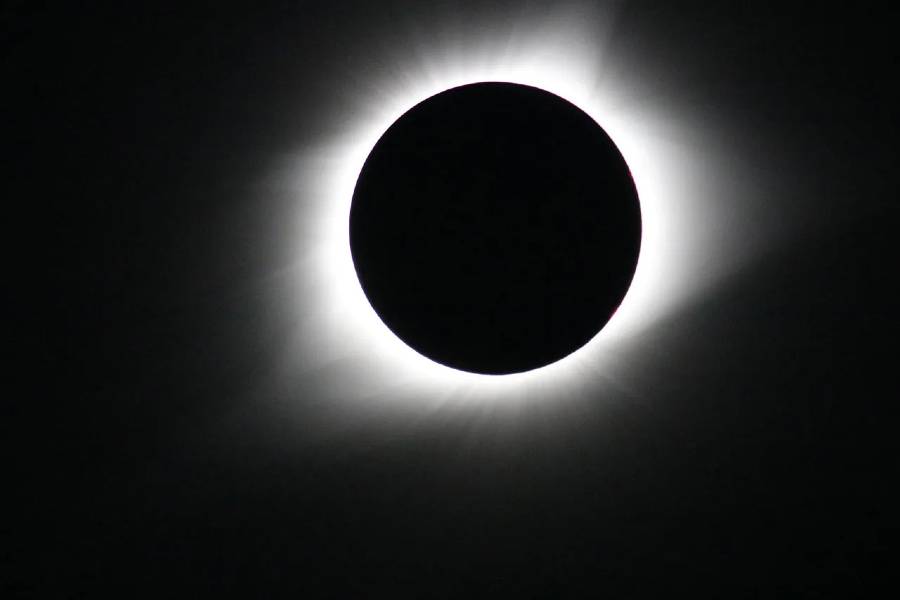‘Great American’ Eclipse to provide unique experience for millions across the US April 8
Kim Chaudoin |

Millions of people across the country are eagerly anticipating the solar eclipse on Monday, April 8.
Lipscomb University’s Michael Watson, professor of physics, sheds light on the science behind this awe-inspiring event.
“A solar eclipse is when the moon is between earth and the sun,” explains Watson. “The earth spins on its axis and has a bit of a wobble. The moon orbits around the earth and has a slightly tilted orbit. Because of the wobble and the tilt the line of sight between the earth and the sun can be obstructed by the moon at different times.”
The result? A visual phenomenon that unfolds differently depending on your location on earth.
“The earth’s curvature means that the eclipse won't be visible from every vantage point,” Watson notes. “The sun will appear bright and shiny. This is why people need to travel to specific locations along the eclipse path to see a full eclipse.
If you want the full experience of a total eclipse, you may need to journey to specific locations along the eclipse path.”
The path of totality — a narrow strip where the sun is completely obscured by the moon — will traverse parts of North America, offering a front-row seat to this cosmic spectacle. But why the variability in timing and location?
“The combination of earth’s wobble and the moon's tilt causes the eclipse to occur at different times and places around the world,” Watson explains. “While total eclipses aren't necessarily rare occurrences—they happen roughly every year and a half somewhere on the planet—they remain a thrilling sight to behold.”

Photo: NASA
The April 8, 2024, solar eclipse will be visible primarily across the central and eastern regions of the United States. Major cities, such as Dallas, Indianapolis, Cleveland, Buffalo and parts of Maine will experience a total solar eclipse.
While millions of people around the U.S. will have the chance to experience a total solar eclipse on Monday, Nashville isn’t in the line of totality this time around. But the city — and all of Middle Tennessee — is projected to experience a partial solar eclipse.
During the partial eclipse’s peak — which will happen in Nashville at 2:03 p.m. CDT on April 8 — scientists say that about 95% of the sun’s face will be blocked out by the moon. If you head outside before that, however, the partial eclipse begins at 12:44 p.m. Find out when the eclipse will be in your area by entering your zip code into this tool developed by NASA.
Watson offers a word of caution to eclipse enthusiasts: eye protection is essential.
"Wearing the proper eye protection is crucial," he emphasizes. "Dark glasses won't suffice—they can actually worsen the problem. Dark glasses dilate the eyes and allow more ultraviolet light in which damages the eyes. Filtered glasses are necessary as long as any sunlight is visible. Only during moments of absolute coverage can you briefly view the eclipse directly. Otherwise, it's safer to observe indirectly or through specially designed eclipse glasses."
For more information on eclipse safety and viewing tips, Watson recommends visiting NASA's eclipse resource website.